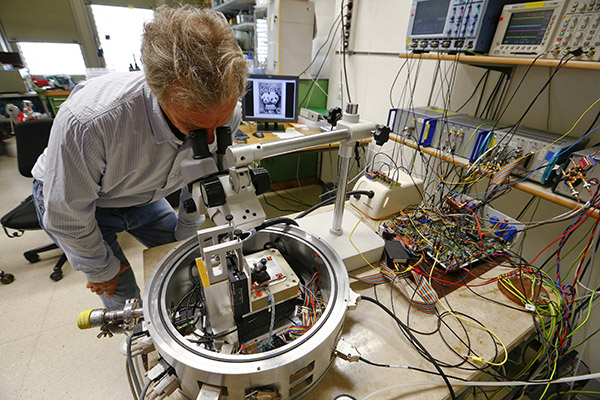Three-dimensional printing includes a variety of manufacturing technologies that create three-dimensional (3-D) objects from computer models . A computer program “slices” such a model into thin cross sections. These cross sections are sent to the 3-D printer as a series of flat images. But instead of printing the images on multiple sheets of paper, 3-D printers print each layer on top of the previous layer. This process somewhat resembles the way workers build up a skyscraper floor by floor. This type of process is also called additive manufacturing.

Simple 3-D printers for home use may be fairly affordable. A commercial 3-D printer, on the other hand, can be quite expensive. The earliest 3-D printers could only print plastics. Modern 3-D printers can print fully functional objects in a variety of materials , including ceramics and metals. Some machines use laser beams or beams of electrons (tiny charged particles) to melt thin layers of powdered materials. Other technologies are similar to inkjet printers . They use a high-speed nozzle to spray a thin jet of fast-drying liquid. The 3-D printers most common in homes and schools make use of a plastic extrusion process. Much like a glue gun, these printers melt the plastic and squeeze it out of a small opening. The melted plastic forms a thin wire. This wire can be printed in many layers.

Three-dimensional printing is increasingly common in a number of industries. Architects, for example, use 3-D printers to create models of buildings, rather than constructing the models by hand. Some surgeons use 3-D printed models of patients’ body parts to plan or practice surgery in advance. Industrial designers and engineers often use 3-D printers in rapid prototyping, the quick creation of product models for testing. Products designed using rapid prototyping may later be mass-produced by other manufacturing methods, such as injection molding. Industries use 3-D printers to make finished products as well. Such products include artificial limbs and specialized aircraft parts.
